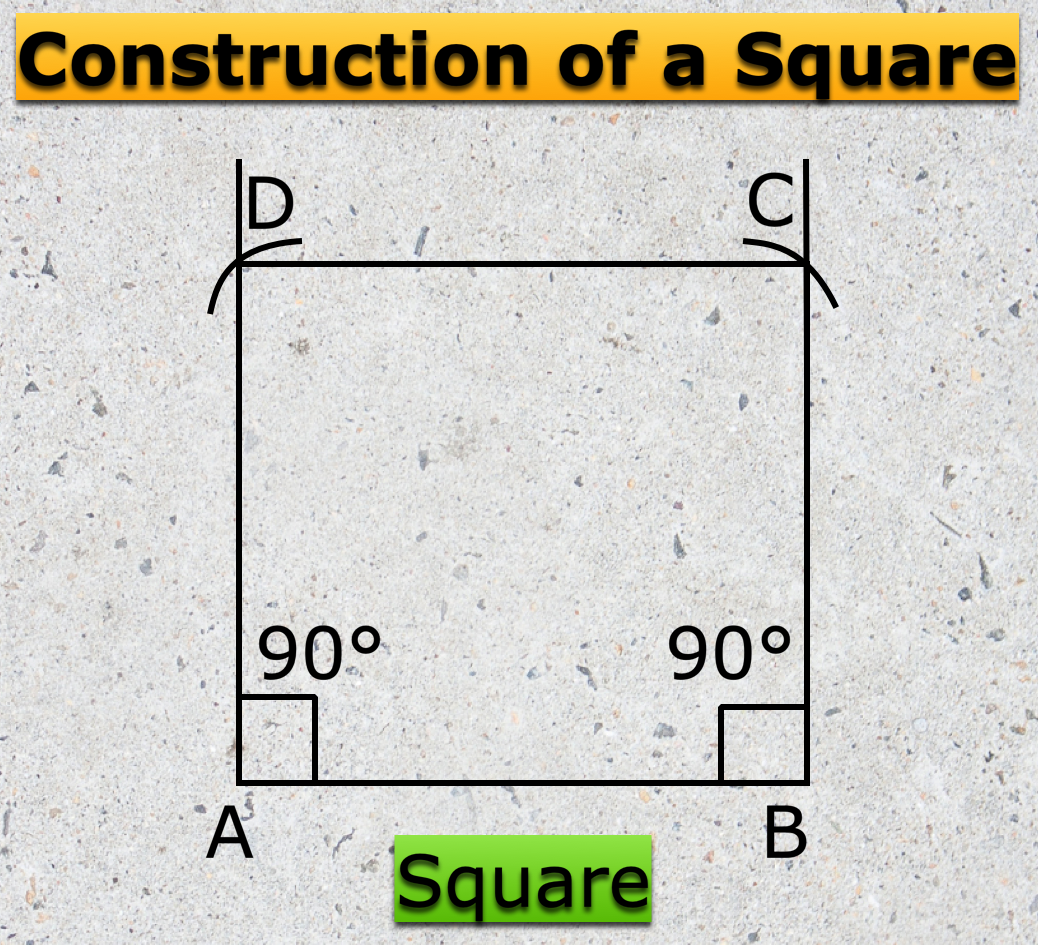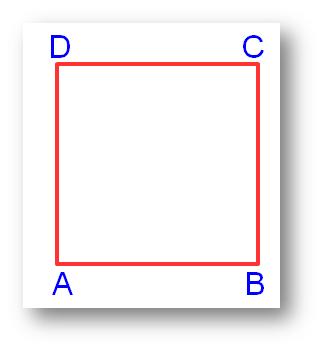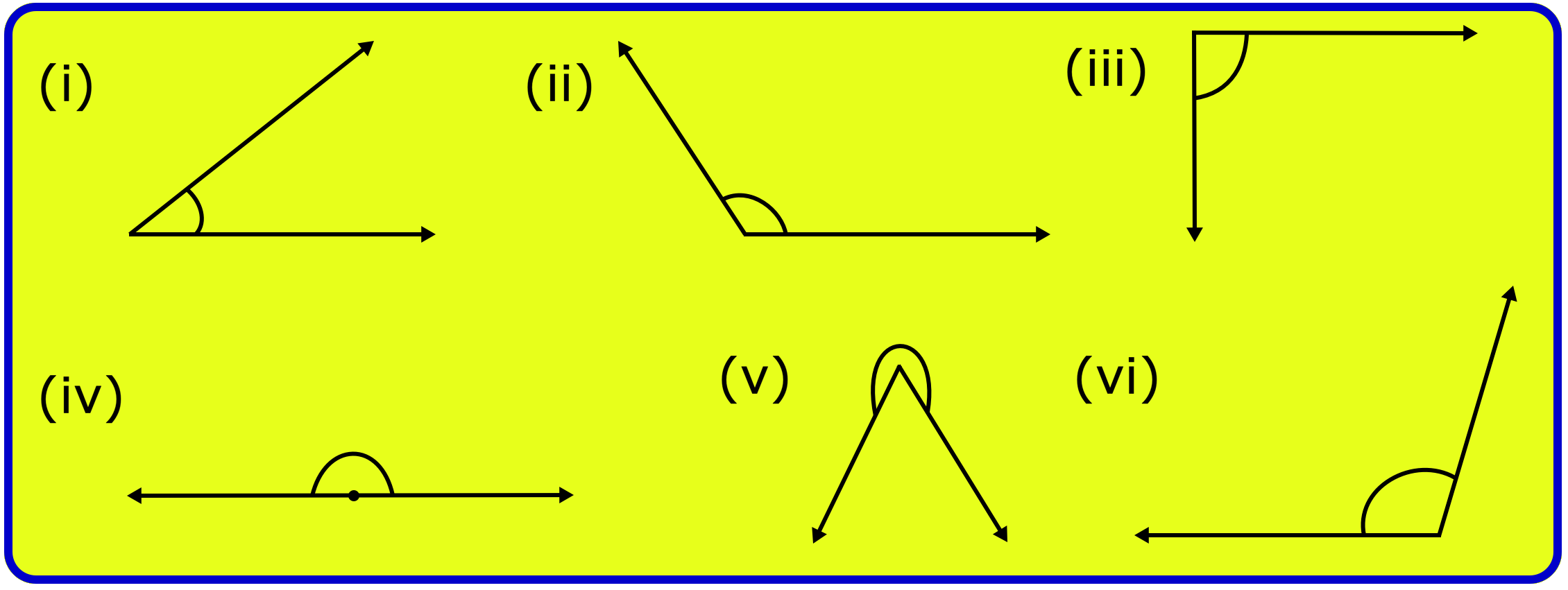Subscribe to our ▶️YouTube channel🔴 for the latest videos, updates, and tips.
Home | About Us | Contact Us | Privacy | Math Blog
Sign of the Quadratic Expression
We already acquainted with the general form of quadratic expression ax^2 + bx + c now we will discuss about the sign of the quadratic expression ax^2 + bx + c = 0 (a ≠ 0).
When x be real then, the sign of the quadratic expression ax^2 + bx + c is the same as a, except when the roots of the quadratic equation ax^2 + bx + c = 0 (a ≠ 0) are real and unequal and x lies between them.
Proof:
We know the general form of quadratic equation ax^2 + bx + c = 0 (a ≠ 0) ..................... (i)
Let α and β be the roots of the equation ax^2 + bx + c = 0 (a ≠ 0). Then, we get
α + β = -b/a and αβ = c/a
Now, ax^2 + bx + c = a(x^2 + b/a x + c/a)
= a[x^2 - (α + β)x + αβ]
= a[x(x - α) - β(x - α)]
or, ax^2 + bx + c = a(x - α)(x - β) ..................... (ii)
Case I:
Let us assume that the roots α and β of equation ax^2 + bx + c = 0 (a ≠ 0) are real and unequal and α > β. If x be real and β < x < α then,
x - α < 0 and x - β > 0
Therefore, (x - α)(x - β) < 0
Therefore, from ax^2 + bx + c = a(x - α)(x - β) we get,
ax^2 + bx + c > 0 when a < 0
and ax^2 + bx + c < 0 when a > 0
Therefore, the quadratic expression ax^2 + bx + c has a sign of opposite to that of a when the roots of ax^2 + bx + c = 0 (a ≠ 0) are real and unequal and x lie between them.
Case II:
Let the roots of the equation ax^2 + bx + c = 0 (a ≠ 0) be real and equal i.e., α = β.
Then, from ax^2 + bx + c = a(x - α)(x - β) we have,
ax^2 + bx + c = a(x - α)^2 ................ (iii)
Now, for real values of x we have, (x - α)^2 > 0.
Therefore, from ax^2 + bx + c = a(x - α)^2 we clearly see that the quadratic expression ax^2 + bx + c has the same sign as a.
Case III:
Let us assume α and β be real and unequal and α > β. If x is real and x < β then,
x - α < 0 (Since, x < β and β < α) and x - β < 0
(x - α)(x - β) > 0
Now, if x > α then x – α >0 and x – β > 0 ( Since, β < α)
(x - α)(x - β) > 0
Therefore, if x < β or x > α then from ax^2 + bx + c = a(x - α)(x - β) we get,
ax^2 + bx + c > 0 when a > 0
and ax^2 + bx + c < 0 when a < 0
Therefore, the quadratic expression ax^2 + bx + c has the same sign as a when the roots of the equation ax^2 + bx + c = 0 (a ≠ 0) are real and unequal and x does not lie between them.
Case IV:
Let us assume the roots of the equation ax^2 + bx + c = 0 (a ≠ 0) be imaginary. Then we can take, α = p + iq and β = p - iq where p and q are real and i = √-1.
Again from ax^2 + bx + c = a(x - α)(x - β) we get
ax^2 + bx + c = a(x - p - iq)(x - p + iq)
or, ax^2 + bx + c = a[(x – p)^2 + q^2] .....................(iv)
Hence, (x - p)^2 + q^2 > 0 for all real values of x (Since, p, q are real)
Therefore, from ax^2 + bx + c = a[(x - p)^2 + q^2] we have,
ax^2 + bx + c > 0 when a > 0
and ax^2 + bx + c < 0 when a < 0.
Therefore, for all real values of x from the quadratic expression ax^2 + bx + c we get the same sign as a when the roots of ax^2 + bx + c = 0 (a ≠ 0) are imaginary.
Notes:
(i) When the discriminant b^2 - 4ac = 0 then the roots of the quadratic equation ax^2 + bx + c = 0 are equal. Therefore, for all real x, the quadratic expression ax^2 + bx + c becomes a perfect square when discriminant b^2 -4ac = 0.
(ii) When a, b are c are rational and discriminant b^2 - 4ac is a positive perfect square the quadratic expression ax^2 + bx + c can be expressed as the product of two linear factors with rational coefficients.
11 and 12 Grade Math
From Sign of the Quadratic Expression to HOME PAGE
Didn't find what you were looking for? Or want to know more information about Math Only Math. Use this Google Search to find what you need.
Recent Articles
-
Formation of Square and Rectangle | Construction of Square & Rectangle
Jul 15, 25 02:46 AM
In formation of square and rectangle we will learn how to construct square and rectangle. Construction of a Square: We follow the method given below. Step I: We draw a line segment AB of the required… -
5th Grade Quadrilaterals | Square | Rectangle | Parallelogram |Rhombus
Jul 15, 25 02:01 AM
Quadrilaterals are known as four sided polygon.What is a quadrilateral? A closed figure made of our line segments is called a quadrilateral. For example: -
Formation of Numbers | Smallest and Greatest Number| Number Formation
Jul 14, 25 01:53 AM
In formation of numbers we will learn the numbers having different numbers of digits. We know that: (i) Greatest number of one digit = 9, -
5th Grade Geometry Practice Test | Angle | Triangle | Circle |Free Ans
Jul 14, 25 01:53 AM
In 5th grade geometry practice test you will get different types of practice questions on lines, types of angle, triangles, properties of triangles, classification of triangles, construction of triang… -
5th Grade Circle Worksheet | Free Worksheet with Answer |Practice Math
Jul 11, 25 02:14 PM
In 5th Grade Circle Worksheet you will get different types of questions on parts of a circle, relation between radius and diameter, interior of a circle, exterior of a circle and construction of circl…





New! Comments
Have your say about what you just read! Leave me a comment in the box below. Ask a Question or Answer a Question.